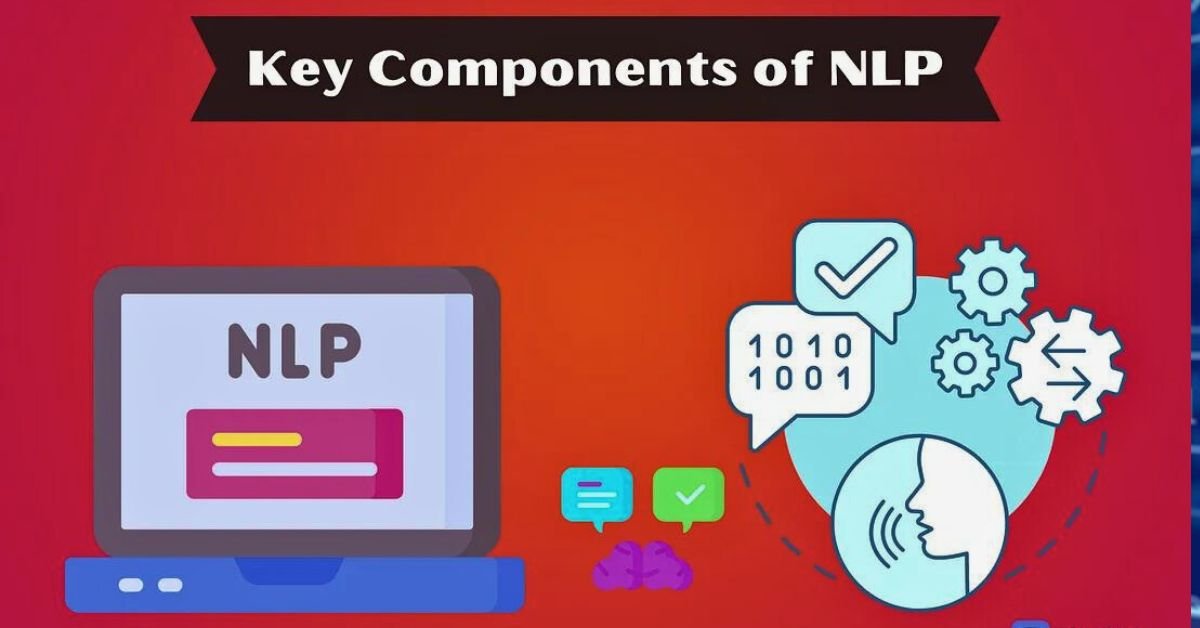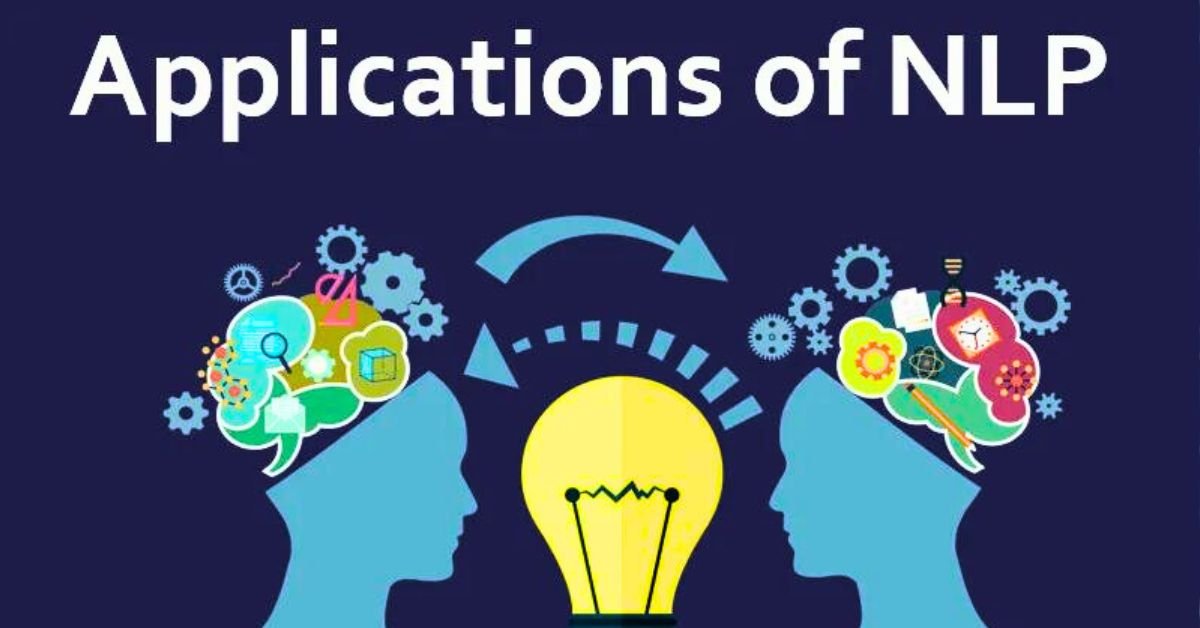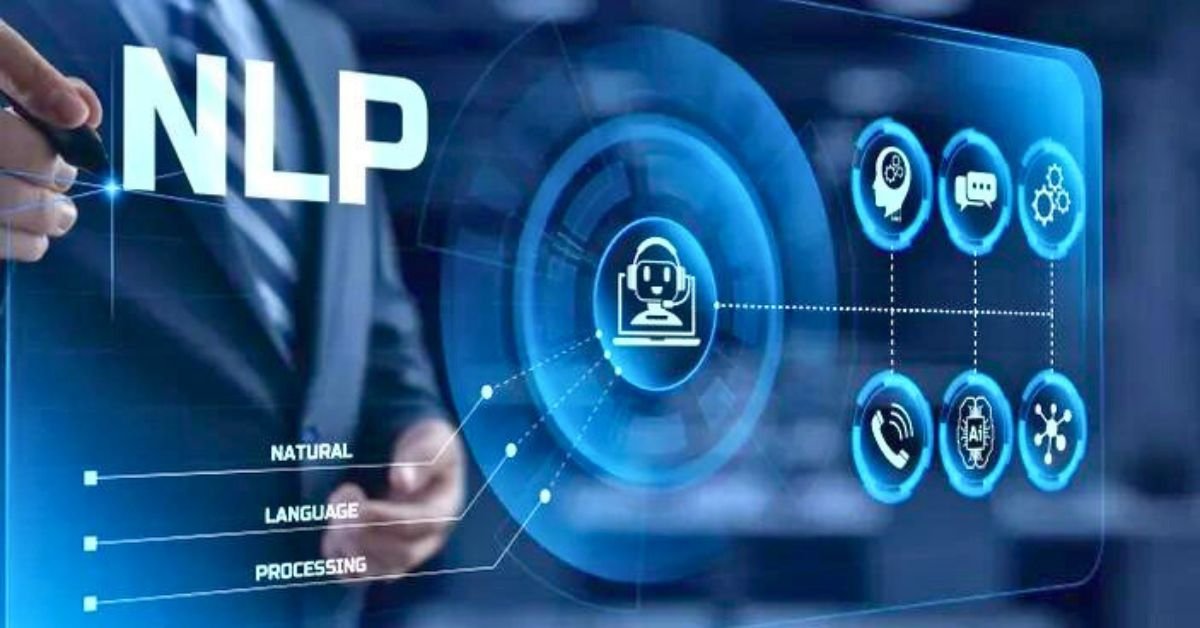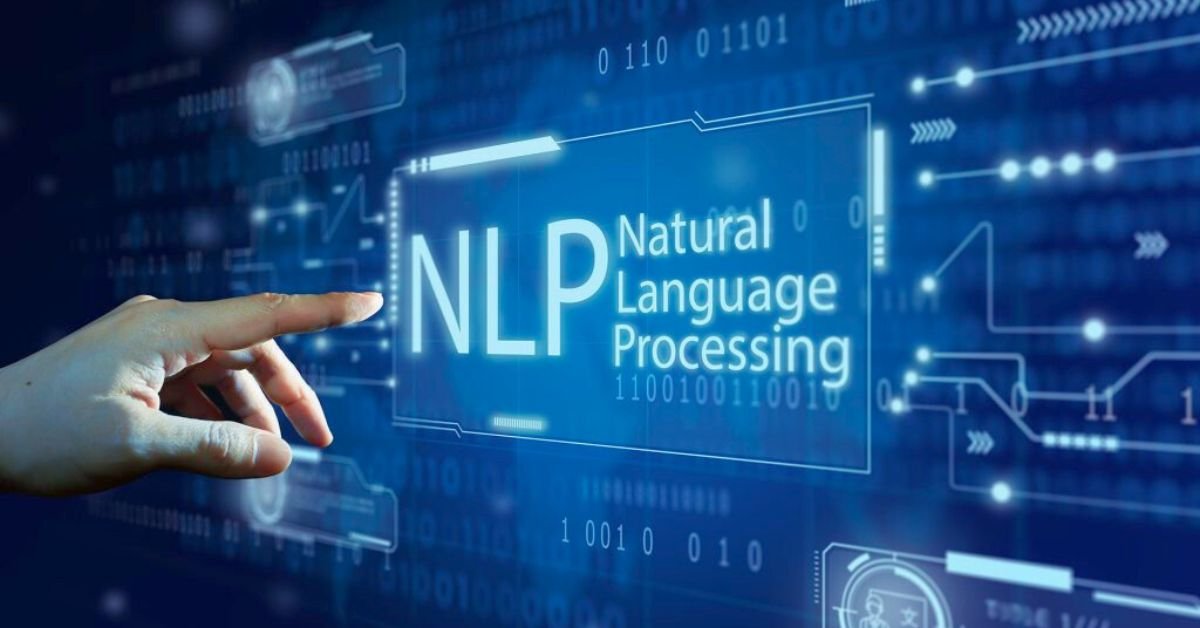What is Natural Language Processing (NLP)?
Natural Language Processing (NLP) is an interdisciplinary field that combines linguistics, computer science, and artificial intelligence to enable computers to understand, interpret, and generate human language. The goal of NLP is to bridge the gap between human communication and computer understanding, making it possible for machines to perform tasks involving natural language in a way that feels intuitive to users.
Key Components of NLP

1. Tokenisation:
Tokenisation involves breaking down text into smaller units called tokens. These can be words, phrases, or sentences. This step is crucial as it prepares the text for further analysis by segmenting it into manageable pieces.
Example: The sentence “I love programming!” could be tokenized into [“I”, “love”, “programming”, “!”].
2. Part-of-Speech Tagging:
This process assigns parts of speech to each token based on its role in the sentence context. Common tags include nouns, verbs, adjectives, etc.
Example: In the sentence “The cat sat on the mat,” tagging would identify “The” as a determiner, “cat” as a noun, and “sat” as a verb.
3. Named Entity Recognition (NER):
NER identifies and classifies key entities within text into predefined categories such as names of people (e.g., “John Doe”), organisations (e.g., “OpenAI”), locations (e.g., “New York”), and dates (e.g., “January 1st”).
Example: In the phrase “Apple Inc. was founded in Cupertino,” NER would recognise “Apple Inc.” as an organisation and “Cupertino” as a location.
4. Sentiment Analysis:
Sentiment analysis assesses the emotional tone behind a body of text—positive, negative, or neutral. This technique is widely used in social media monitoring and customer feedback.
Example: The review “I absolutely loved this movie!” would be considered positive.
5. Machine Translation:
Machine translation automatically translates text from one language to another using algorithms that analyse grammar and vocabulary.
Example: Translating “Bonjour” from French to English results in “Hello.”
6. Text Summarisation:
Text summarization condenses longer texts into shorter summaries while retaining essential information. It can be extractive (selecting key sentences) or abstractive (generating new sentences).
Example: Summarising an article about climate change might yield a brief overview highlighting key points without reproducing entire paragraphs.
7. Language Generation:
Language generation means creating coherent text based on input data or prompts using models trained on large datasets.
Example: Given the prompt “Write a short story about a dragon,” an NLP model might generate an imaginative narrative featuring dragons.

1. Sentiment Analysis
Sentiment analysis involves determining the emotional tone behind a series of words, often used to understand opinions in social media, reviews, and customer feedback. Techniques include:
Lexicon-based approaches: Using predefined lists of words associated with positive or negative sentiments.
Machine learning models: Training algorithms on labelled datasets to classify text as positive, negative, or neutral.
2. Chatbots and Virtual Assistants
NLP powers chatbots and virtual assistants by enabling them to understand user inputs and respond appropriately. Key features include:
Natural language understanding (NLU): Comprehending user intent and context.
Dialogue management: Maintaining the flow of conversation based on previous interactions.
Response generation: Crafting human-like replies based on data or programmed responses.
3. Machine Translation
Machine translation systems convert text from one language to another automatically. Techniques include:
Rule-based translation: Relying on grammatical rules between languages.
Statistical machine translation (SMT): Utilising statistical models trained on bilingual text corpora.
Neural machine translation (NMT): Employing deep learning techniques for more fluent translations by considering entire sentences rather than word-by-word.
4. Text Summarization
Text summarization condenses lengthy documents into shorter versions while retaining key information. Approaches are:
Extractive summarization: Selecting important sentences from the original text.
Abstractive summarization: Generating new sentences that capture the essence of the content.
5. Information Retrieval
NLP enhances search engines by improving how they interpret queries and retrieve relevant documents. Techniques involve:
Keyword extraction: Identifying significant terms within a query or document.
Semantic search: Understanding user intent beyond keywords using contextual meaning.
6. Speech Recognition
Speech recognition converts spoken language into written text, facilitating applications like transcription services and voice commands. It involves:
Acoustic modelling: analysing sound waves to recognise phonemes.
Language modelling: Predicting word sequences to improve accuracy in understanding spoken phrases.
7. Named Entity Recognition (NER)
NER identifies entities such as names, organisations, dates, and locations within the text. Applications include:
Information extraction: Pulling out structured data from unstructured sources.
Knowledge graph construction: Building relationships between identified entities for better data representation.
8. Content Recommendation
Content recommendation systems analyze user behaviour to suggest articles, products, or services tailored to individual preferences through methods such as:
Collaborative filtering: Recommending items based on similar users’ behaviours.
Content-based filtering: Suggesting items similar to those a user has liked previously.
9. Spam Detection
Spam detection uses NLP techniques to filter unwanted emails or messages by analyzing their content characteristics, such as the frequency of certain keywords or patterns typical in spam messages.
10. Text Classification
Text classification categorizes text into predefined labels for various purposes, such as topic labelling or sentiment categorization, using techniques like:
Supervised learning models (e.g., SVMs, decision trees) trained on labelled datasets.
Deep learning approaches, particularly recurrent neural networks (RNNs) and transformers for more complex tasks.
11. Grammar and Style Checking
Tools like Grammarly utilize NLP to help users enhance their writing by identifying grammatical errors, suggesting corrections, and offering style improvements based on context-aware algorithms that analyze sentence structure and vocabulary use.
12. Healthcare Applications
In healthcare settings, NLP can analyze clinical notes, research papers, and patient records for insights such as identifying trends in patient symptoms or extracting relevant medical information quickly from vast literature.
13. Legal Document Analysis
NLP assists legal professionals in reviewing contracts and legal texts efficiently by highlighting key clauses, inconsistencies, or potential risks through automated parsing of legal jargon into understandable summaries.
14. Social Media Monitoring
Businesses use NLP tools for social media monitoring to effectively track brand mentions across platforms like Twitter and Facebook; this helps them gauge public sentiment regarding their products/services in real-time analysis, leading to better customer engagement strategies.
These applications demonstrate how versatile NLP is across industries—enhancing efficiency, improving communication interfaces between humans and machines, extracting valuable insights from textual data sets, automating routine tasks—and transforming how we interact with technology daily!
Challenges in NLP

Ambiguity: Words often have multiple meanings depending on context; for example, “bank” could refer to a financial institution or the side of a river.
Variability in Language Use: Differences in dialects, slang terms, idiomatic expressions, and evolving language trends pose challenges for consistent interpretation across diverse populations.
Sarcasm and Humor Detection: Understanding nuanced expressions like sarcasm requires deep contextual knowledge that current models sometimes struggle with due to their reliance on literal interpretations.
Advancements in NLP
Recent advancements have been driven by deep learning techniques such as neural networks:
Transformers Architecture: Introduced with models like BERT (Bidirectional Encoder Representations from Transformers) and GPT (Generative Pre-trained Transformer), revolutionising how machines process context within language through attention mechanisms.
Pre-trained Models & Fine-Tuning: Large-scale pre-training allows models to learn general language representations before fine-tuning for specific tasks with smaller datasets—improving efficiency significantly.
Multimodal Approaches: Combining text with other data types, such as images or audio, enhances understanding by providing richer contextual information—leading towards more sophisticated AI systems capable of multi-faceted interactions.
In summary, Natural Language Processing plays an essential role in modern technology by enabling effective communication between humans and machines through advanced linguistic processing techniques tailored for various applications across industries.
